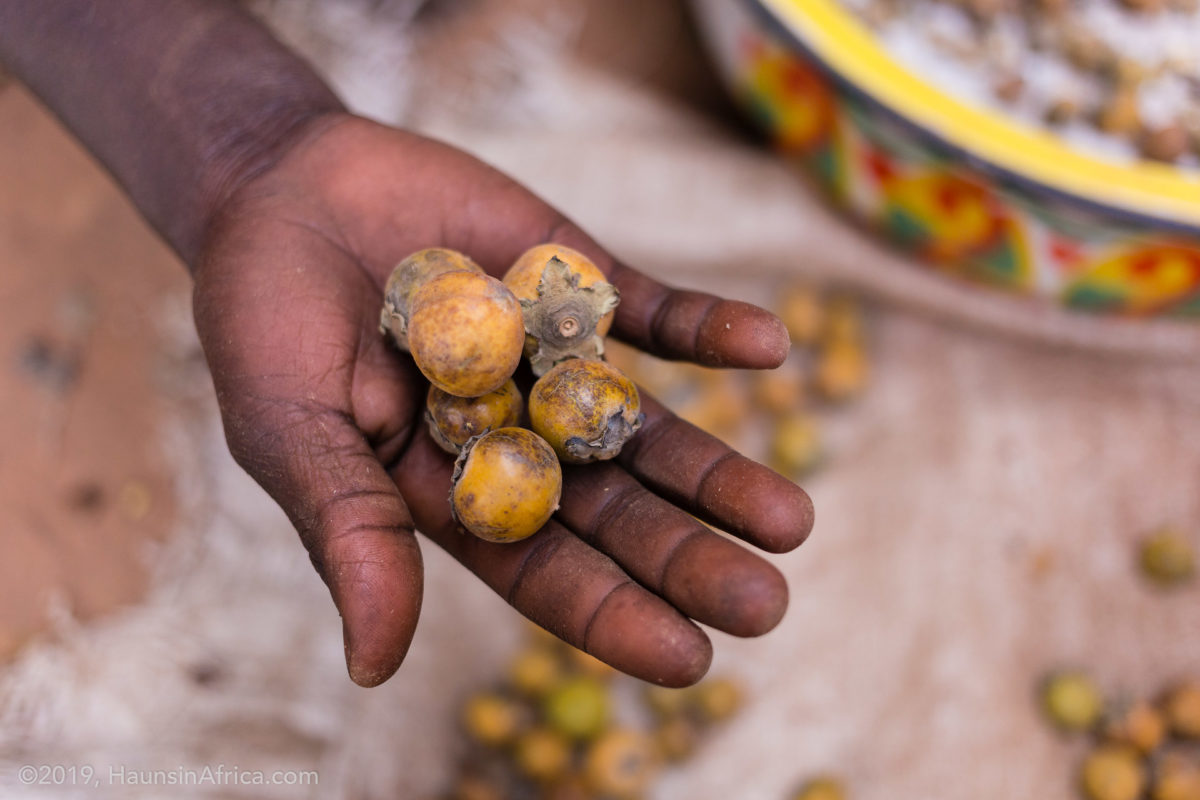Obstructions of the intestines come from many different causes, but the basic categories are the following: scar tissue, hernias, tumors, improper anatomical rotation of the intestines and obstruction from within.
A 12 year old boy came to the hospital with several days of worsening abdominal pain and distention with vomiting and inability to pass pass or stool. After unsuccessfully trying to decompress his abdomen with a nasogastric tube (a tube with is placed through the nose but passes down the esophagus into the stomach), I realized it was time to operate.
Once I opened his abdomen, his bowels popped out like a can of snakes. I quickly realized that a segment of small intestines just before its junction with the colon were full of seeds. Some passed through into the colon, but not all. In order to relieve the distention and obstruction, I chose to make an opening in the small intestines in order to evacuate its contents.
We found 50-70 seeds that were causing an obstruction of the intestines from within. The seeds were from a small fruit the local people call “gaya.” The common English name is jackalberry and it comes from the swamp ebony tree (Diospyros Mespiliformis).

In South Africa, its fruit are a favorite snack of jackals. However, in northern Ghana it is associated with monkeys. They even have a proverb:
Ŋmaaŋŋa diri la bɔ m-paai gaya?
“What does a monkey eat until jackalberry season?”
I closed up the hole and closed his abdomen. He had an uneventful postoperative course and is now doing very well. I nicknamed him the “gaya chief” but he doesn’t seem to be impressed with the name.

In the past I have had to remove other local seeds from intestines, but this was the first time for jackalberries. I don’t think he will touch those fruits again, but if he does, I am sure he will spit out the seeds.

